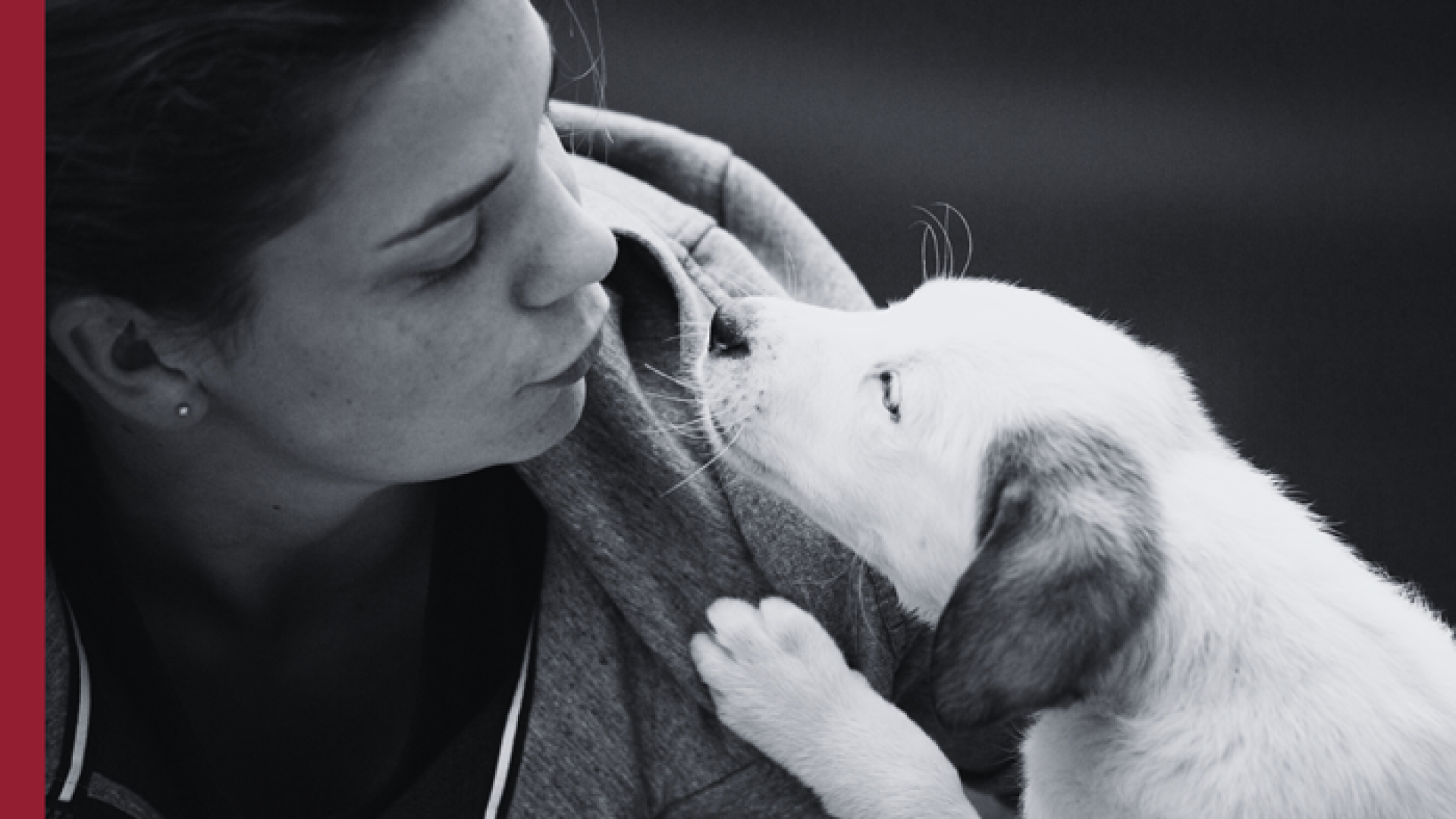We invest in our health, our home, and even in travel insurance to protect ourselves from the unexpected. But when it comes to our four-legged companions, do we do the same? Ensuring their wellbeing in the face of unforeseen events is becoming increasingly straightforward thanks to pet insurance.
With this type of insurance, we can rest assured that we won’t face unexpected expenses. It also provides access to quality veterinary services, assistance in the event of accidents or illness, and even third-party liability cover.
If you’re considering this option for your dog or cat, at Ambler we explain what pet insurance covers, how to choose the right policy, how much it costs, and why it’s an excellent investment for both you and your pet.
What Does Pet Insurance Cover?
This is one of the first questions clients ask when taking out this type of insurance: does it cover accidents? What if my pet becomes seriously ill? Are vaccinations and annual check-ups included? The answer to all these questions depends on the type of policy taken out:
Veterinary consultations
Whether for an annual check-up, treatment of minor illnesses, or emergency situations, veterinary consultation cover provides peace of mind for both the owner and the pet. Being covered by the insurance helps save a significant amount of money.
Vaccinations
Vaccinations are mandatory and essential to protect pets from serious diseases. Many insurers include cover for core vaccinations in their policies, such as rabies, distemper, or parvovirus.
Surgical procedures
Sometimes our pets may require surgery for various reasons, such as accidents or serious illnesses. Surgical procedures are often expensive and, in some cases, essential when their life is at risk. The most comprehensive pet insurance policies include this type of cover, which is particularly important if your pet is older or has significant health issues.
Diagnostic tests
Vets carry out blood tests, X-rays, ultrasounds, and other procedures to detect health issues in pets, which are often essential for an accurate diagnosis. These tests are frequently covered by pet insurance policies.
Third-party liability
Imagine you’re out walking your dog and, suddenly, it bites someone or causes damage to someone else’s property. How would you deal with the resulting costs? That’s exactly what third-party liability cover is for: to cover costs such as the medical treatment of the injured person or any necessary repairs. This cover is mandatory for all dogs in Spain. We’ll explain all the key details later in the article!
Loss or theft assistance
If your pet goes missing, some insurers offer services such as publishing adverts, offering rewards, or covering search-related expenses. This may also include the cost of a microchip if your pet is not yet identified, increasing the chances of recovery in case of loss.
Common exclusions
It’s important to bear in mind that, although pet insurance covers a wide range of services, there are also some exclusions. For example, pre-existing conditions are generally not covered, as insurers are unwilling to take on the risk of covering an illness that was already affecting your pet before the policy was taken out. Similarly, certain breeds are more prone to hereditary conditions, which may lead some insurers to exclude them from cover or increase the policy premium. This is why it’s essential to read the policy terms carefully to understand the exclusions and avoid any surprises.
How Much Does Pet Insurance Cost?
The cost of pet insurance varies depending on several factors. While there is no fixed price, below we provide an approximate range and explain what influences the premium.
The price of pet insurance can range from €10 to €50 per month, depending on the level of cover selected. Basic policies tend to be more affordable, while those offering more comprehensive cover—such as specialised treatments or insurance for high-risk breeds—are generally more expensive.
What Factors Influence the Premium?
Type of animal
Dogs usually have higher insurance premiums than cats, as veterinary expenses for dogs can be more costly. Additionally, the type of animal can influence the kind of treatment or care required, which will affect the overall cost.
Age
Younger animals have lower insurance premiums, as they are less likely to require frequent medical attention. In contrast, older pets usually cost more to insure, as they are more likely to need ongoing treatment or surgical procedures.
Breed
Some animal breeds are more prone to developing hereditary or chronic conditions, which can increase the cost of insurance. For example, French Bulldogs and Pugs often suffer from respiratory issues; German Shepherds and Labrador Retrievers are prone to hip dysplasia; and Cocker Spaniels may develop hereditary eye conditions.
Health condition
If your pet already has pre-existing health issues, the insurance will be more expensive. Insurers may require a medical examination before issuing the policy, and some pre-existing conditions may not be covered. In such cases, insurance can be more costly or harder to obtain.
Chosen coverages
The more extensive the cover, the higher the premium. If you choose a basic policy that only covers veterinary visits, it will be more affordable, whereas policies that include surgical procedures, specialised treatments, or third-party liability services will increase the cost of the insurance.
When Will Pet Insurance Become Mandatory?
Currently, the Animal Welfare Act, in force since September 2023, establishes the mandatory requirement to take out third-party liability insurance for all dogs in Spain, regardless of breed or size. This obligation replaces the previous regulation, which only required insurance for dogs classified as potentially dangerous (PPP). Now, every dog owner must hold a policy that covers third-party damage, regardless of the autonomous community or municipality in which they live.
.
For other companion animals, insurance is not mandatory, although it is recommended due to the benefits it provides.
Is It Really Worth It?
The cost of pet insurance may seem high at first, but when compared to typical veterinary expenses, it quickly becomes clear that the investment is worthwhile. Veterinary consultations can range from €30 to €80, depending on the region, and specialised medical treatments such as surgeries or diagnostic tests can exceed €1,000. If your pet has an accident or develops a chronic illness, the costs can escalate rapidly.
If we consider the cost of an annual policy ranging from €200 to €600 depending on the level of cover, the insurance typically includes several veterinary visits, treatments, and even costly surgeries. Additionally, some policies cover a percentage of emergency expenses, which can be crucial if your pet requires urgent care.
Compared to the potential costs arising from unexpected health issues or accidents, pet insurance offers significant financial protection.
Take care of the one who’s always by your side
Pet insurance is a way to ensure that your furry companion receives the best possible care in case of an emergency. While the cost of insurance may vary, the peace of mind that comes from knowing your pet is covered in the event of an accident or illness is priceless. Remember to assess your pet’s specific needs, and if you’re still unsure about which option is best, at Ambler we’re here to advise you and provide the most suitable solutions. Don’t hesitate to get in touch with us for more information and to find the best insurance for your lifelong companion.





